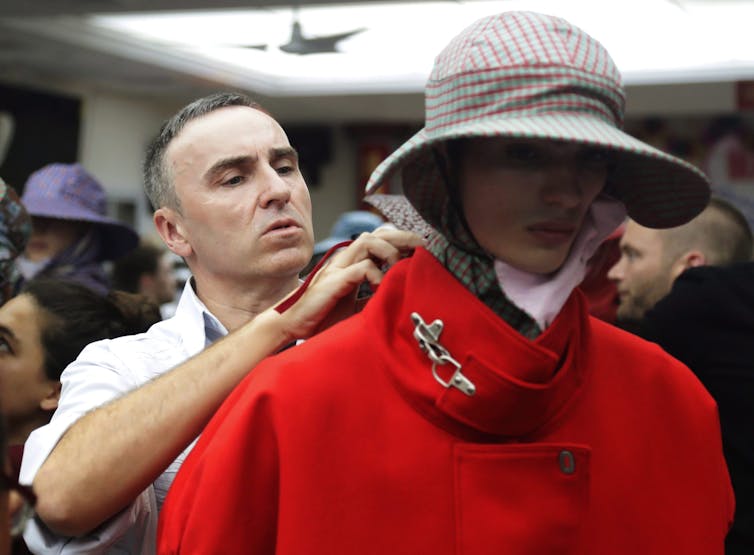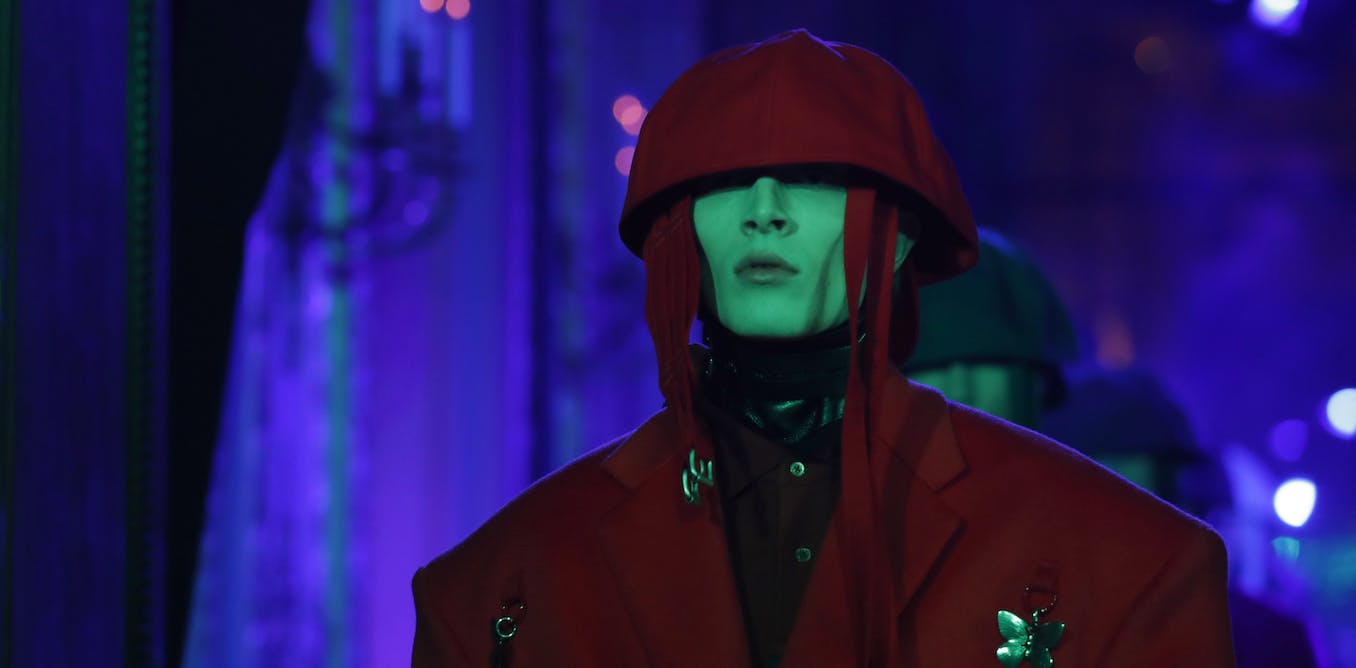How designers can maintain their individuality working at big fashion houses
Recent headlines have heralded the return of beloved British fashion designer Phoebe Philo, this time at the helm of her own label after several years spent as the creative director of Céline.
After a three-year hiatus, Philo’s comeback is possible, in part, because of the strong professional brand she built for herself while working for others as the creative director of major Parisian fashion houses.

Wikimedia, CC BY
In the last two decades, several creative directors like Philo have come and gone from their prestigious posts at heritage fashion houses. These comings and goings have caught the attention of my York University colleague Eileen Fischer and I because they are counter-intuitive to what we would expect based on previous findings in marketing literature.
Past research has shown that senior executives working for well-known organizations typically value their brand affiliations so much that they’re willing to make compromises and even accept lower pay for it. Why, we wondered, would a creative director — or any professional for that matter — in a high-profile position at one of the world’s most prestigious companies leave a job that can seemingly only add value to their professional brand?
Top jobs at big fashion houses
We provided answers to our question in a recently published study entitled Working It: Managing Professional Brands in Prestigious Posts. We used publicly available media interviews with 20 contemporary creative directors who have had one or more prestigious posts at top high-fashion legacy brands — including Balenciaga, Chanel, Dior, Gucci and Saint Laurent Paris — and identified two challenges inherent to occupying these top positions.
First, while these professionals — and arguably others in similar positions like executive chefs or architects — acquire wealth and knowledge while working these prestigious jobs, the energy and time commitment these jobs require can deplete their physical and emotional health as well as the quality of their relationships with family and friends.
Second, although their individual professional brands gain status from being affiliated with prestigious organizations, their own unique brand identity is at risk of becoming less clearly defined over time and consequently less distinctive from the organization they work for.
This is especially problematic in creative fields that require their top workers to possess a distinctive esthetic or mark. These challenges are significant because they can impact career mobility, and even those who are extremely successful face job insecurity and have no guarantees of continued employment.
What can be done?
Our analysis identified four tactics that can help professionals in prestigious posts manage these challenges.
1) Transporting teams. This means continuously surrounding themselves with trusted people who can help them perform effectively and consistently over time and across organizational settings. For example, Belgian fashion designer Raf Simons, who was the creative director at Jil Sander, Dior and Calvin Klein, transported his right-hand man Pieter Mulier with him through each of these posts until Mulier became the new creative director of Alaia.

(AP Photo/Frank Franklin II)
2) Drumming up sales. Given that high fashion is both art and commerce, this means producing a vision that is not only acclaimed by critics, but that also translate into sales. Hedi Slimane, currently creative director at Céline, is known for making controversial decisions like making changes to iconic brand names, yet his commercial success is such that he’s earned the ability to be bold and unapologetic in how he’s running things.
3) Selectively neglecting organizational norms. Of course, professional brands will be contractually obliged to perform in specific ways that reflect the expectations of the organizations they’re working for. But there are some they can ignore in the interests of protecting their professional brand. For instance, Marc Jacobs updated the conservative Louis Vuitton canvas despite having been specifically told it was off-limits. It proved to be an incredibly successful move for Vuitton and one that also fit perfectly with Jacob’s irreverent brand persona.
4) Materializing the professional brand in the broader market. This means using social media posts to express professional brand identity to other fashion stakeholders that don’t involve the organization that employs the individual. Many creative directors use social media posts for this purpose.
The main takeaways are that people managing their own professional brands in prestigious jobs should strike a balance between benefiting from the affiliation and maintaining their independence.
Furthermore, employers who recruit designers to prestigious jobs at their companies should approach the relationship in a mutually beneficial way.
Both parties win if employers treat relationships with key talent as co-branding alliances aimed at success for everyone involved.
